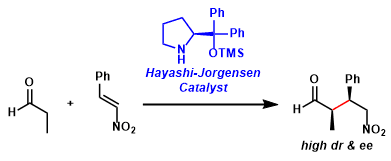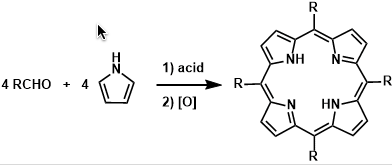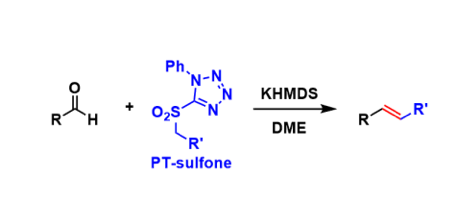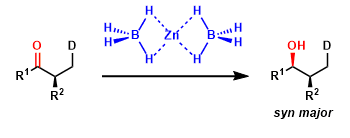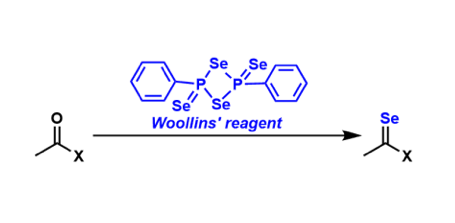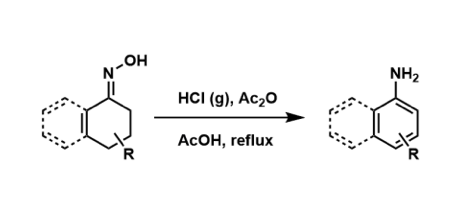General Characteristics The diarylprolinol silyl ether organocatalysts facilitate various asymmetric reactions of aldehydes by forming active enamine and/or iminium intermediates. These catalysts are ...
Posts by Category: Reactions
O-Acylisopeptide Method
General Characteristics The peptides in which the serine and/or threonine residues are isomerized from amide to ester (with their side chain hydroxyl group) are called O-acylisopeptides. ...
Rothemund-Lindsey Porphyrin Synthesis
General Characteristics Meso-substituted porphyrins are synthesized by condensation of aldehydes and pyrroles followed by oxidation. The early methods needed forcing conditions but the improvements ...
Julia-Kocienski Olefination
General Characteristics The original Julia olefination procedure was somewhat inconvenient as it required three operations (nucleophilic addition, acetylation, and elimination using toxic Na ...
Organotrifluoroborate Salts
General Characteristics Organotrifluoroborate salts (R-BF3–) are stable towards heat, air, and moisture, and are convenient crystalline reagents. Because of the tetra-coordinated borate ...
Saucy-Marbet Rearrangement
General Characteristics Propargyl vinyl ethers undergo thermal or catalylzed [3,3]-sigmatropic rearrangement to give the corresponding ketoallenes. For chiral compounds, the stereochemistry of the ...
Zinc Borohydride
General Characteristics Zinc borohydride (Zn(BH4)2) is prepared from ZnCl2 and NaBH4. In addition to being used for 1,2-reduction of α,β-unsaturated carbonyl compounds, it can selectively reduce ...
Mukaiyama-Suzuki Glycosylation
General Characteristics The use of fluorinated sugars as glycosyl donors in glycosylation reactions was first reported by Mukaiyama. The original method employed a cationic tin-based Lewis acid as an ...
Woollins’ Reagent
General Characteristics 2,4-Diphenyl-1,3-diselenadiphosphetane-2,4-diselenide is called the Woollins’ reagent. In a similar way that the Lawesson’s reagent is used to convert carbonyl groups to the ...
Semmler-Wolff Reaction
General Characteristics The synthesis of anilines from the corresponding cyclohexenone oximes is known as the Semmler-Wolff reaction. Due to the competing Beckmann rearrangement, yields tend to be ...

